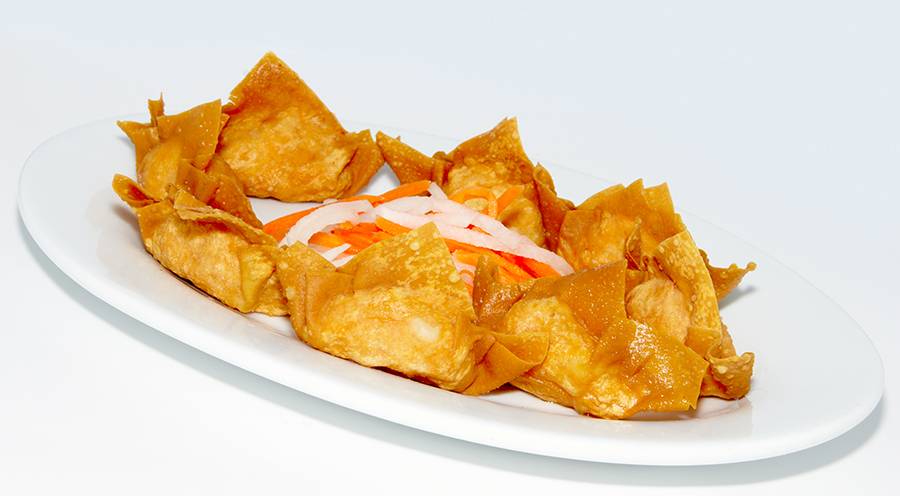
Winter in Toronto is a tough season. From unpredictable snowfalls to bone-chilling cold temperatures, getting to and from anywhere can leave a person shaking and trying to find warmth.
As a hot meal, not to mention its nutritional benefits, the broth is a favourite. Made from a mix of ingredients a la spices, brewed bones, and connective tissues, the result offers a long list of benefits.
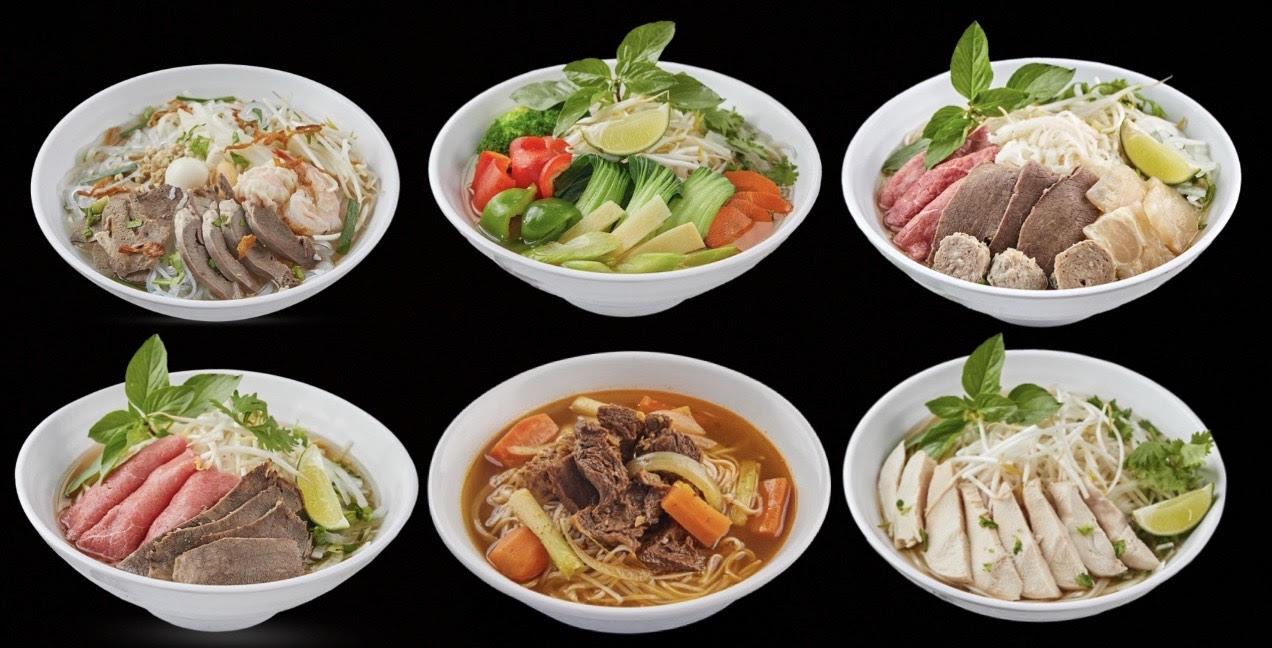
Sheila Graham once said, “Food is the most primitive form of comfort.” Think back to your most precious winter memories. It might be the memory of biting into your mother’s freshly baked cookies with splashes of melted chocolate chunks as you sit by a fireplace watching the snow flutter against your window; or the scent of oregano and basil wafting from the kitchen as your grandma stirs a ladle through a rich ruby tomato emulsion.
Read more: Baby It’s Cold Outside! Pick-Me-Ups From Toronto Pho to Ease Your Winter Blues!
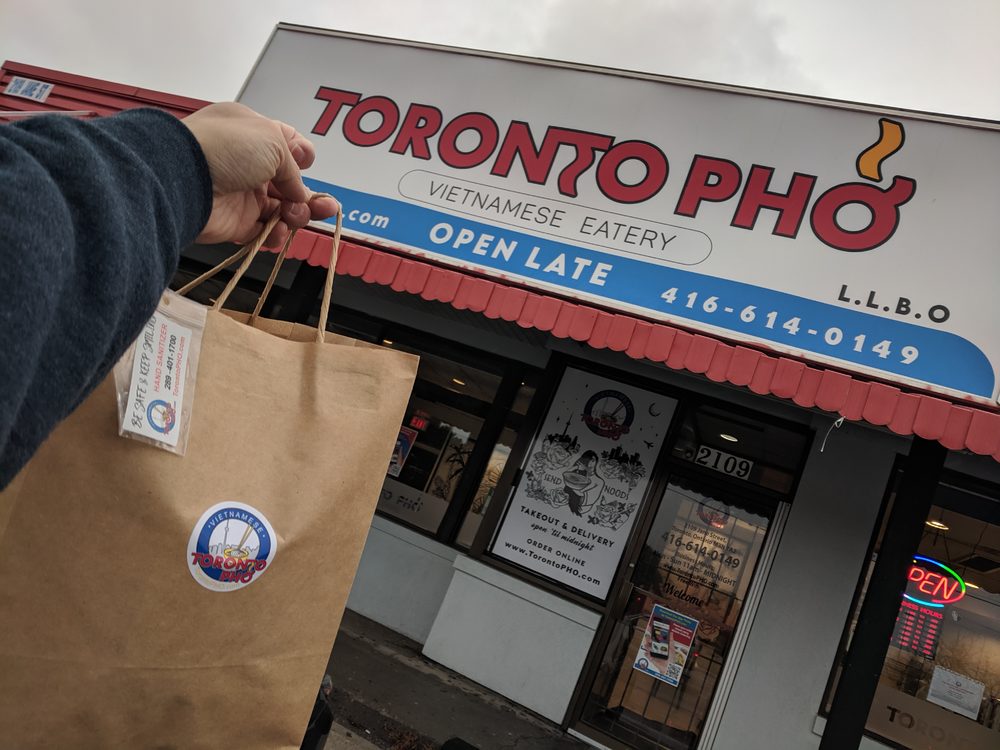
What an eventful, uncertain, crazy rollercoaster 2020 was for all of us around the Globe. I think I speak for all of us foodies here in Ontario when I say we really FELT the effects of these lockdowns. If you managed to survive, we applaud you. No really, give yourself a tap on the back. We know it was not the easiest of tasks figuring out your next moves when no one really knew what was going to happen next. Often we found ourselves maneuvering through new covid restrictions and lock downs after lock downs trying to figure out how to maintain our dine-in sales during a pandemic. But with a remarkable team and loyal customers who miss us as much as we miss them, we made it into 2021. And for this we are so thankful.
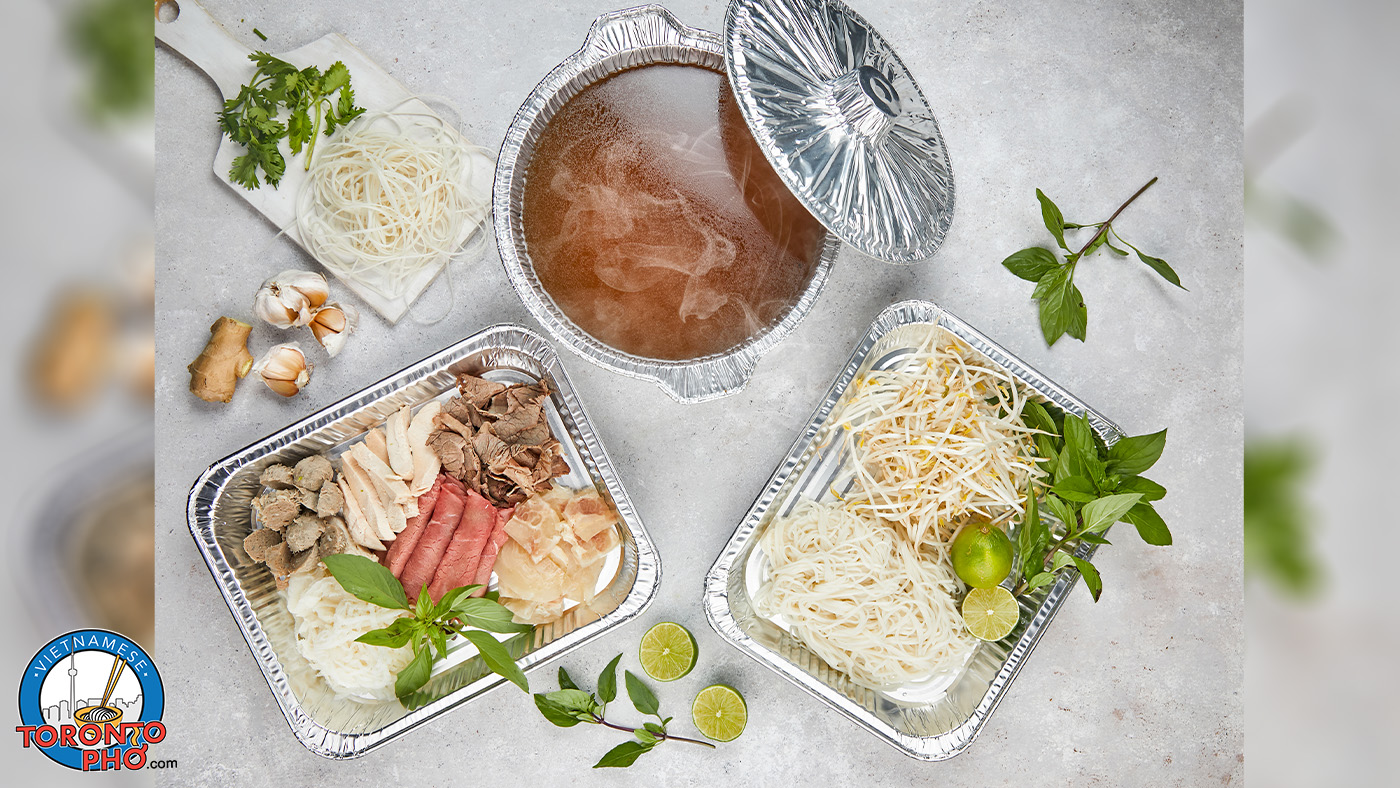
On Friday November 20th Ontario Premier Doug Ford announced that most non-essential businesses, including gyms, personal care services, and sit-down service in places such as bars, clubs and restaurants in two regions will be put on lockdown. This news comes shortly after lab confirmed details of COVID infections surpassing 100,000. Officials have said that regions will remain in their zone for a minimum of 28 days. This means that Toronto and Peel will be under lockdown until at least Dec. 21. The Covid-19 game of yoyo continues for all of us in the restaurant industry and you as the foodie.
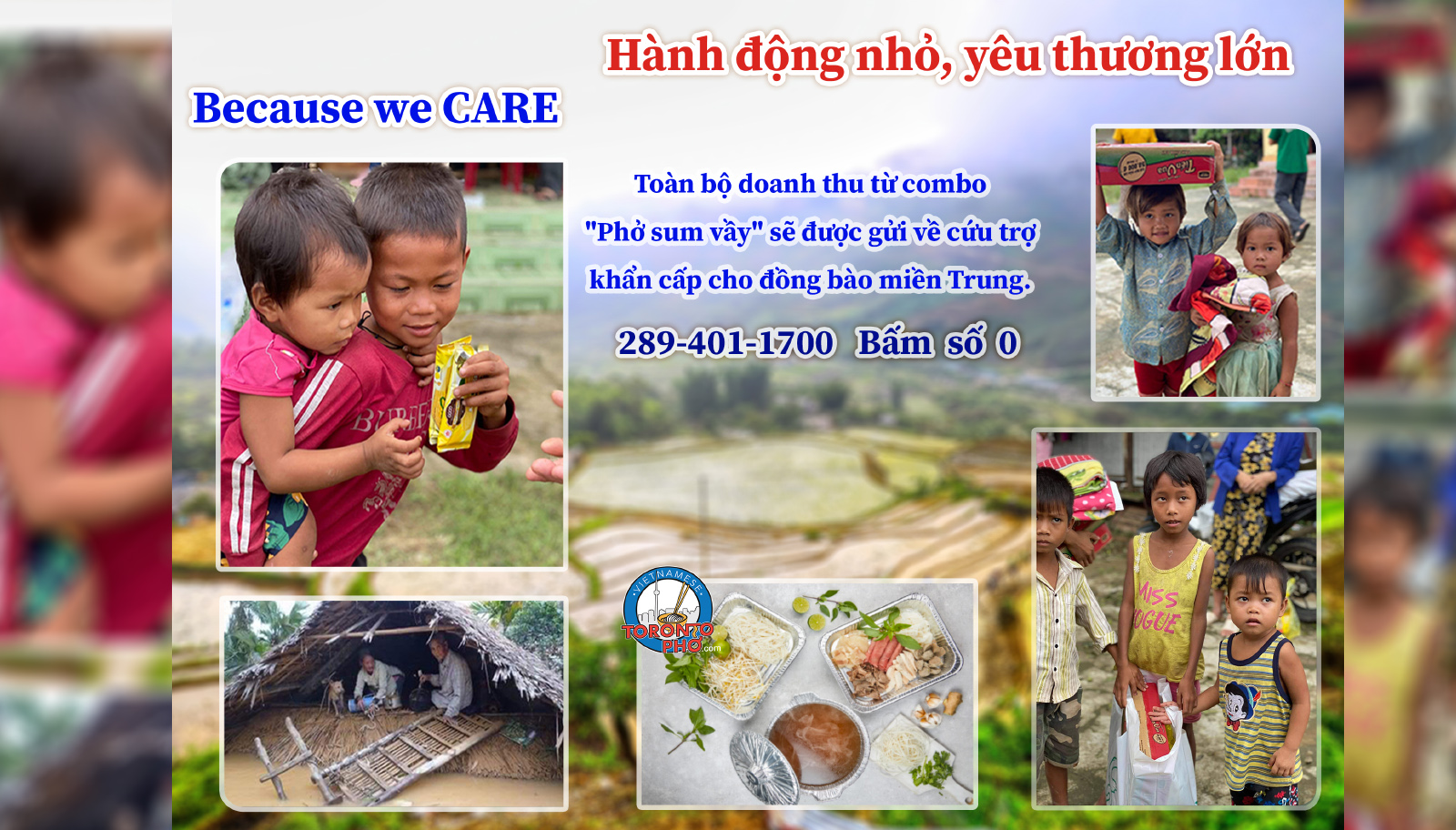
In the last few weeks Vietnam has been struggling to manage the damages caused by recent storms that have left more than 250,000 households in six provinces "inundated," since mid-October, and many areas in 2 or 3 meters of water, according to the Vietnamese National Army. These floods and landslides have left more than 100 people dead and 20 missing as the numbers continue to rise. Tropical Storm Saudel is scheduled to hit the central Vietnam on Saturday and will cause damages that will affect the country’s agriculture, irrigation and transport. The floods have caused immense damage to agriculture of the country with More than 7,200 hectares of food crops flooded and damaged, and more than 691,000 cattle and poultry have been killed or swept away in flood water. "These devastating floods are some of the worst we have seen in decades," Nguyen Thi Xuan Thu, the president of Vietnam's Red Cross Society, said in a statement Tuesday.
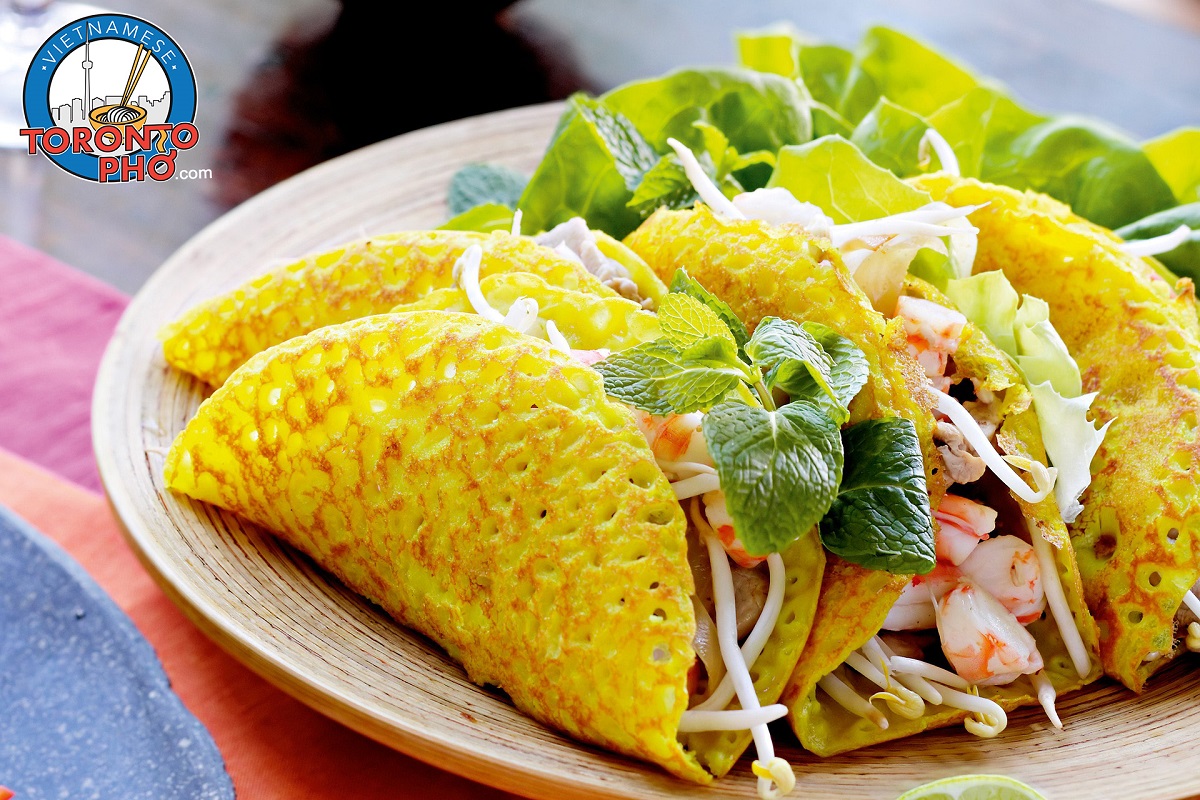
We’ll be the first to admit that when you think of Vietnamese cuisine the culinary winner here will always be PHO. And let’s face it folks, even Campbells has a PHO broth on the market right now. Everyone wants PHO, everyone loves PHO, everyone is PHO-crazy… and yes we are PHO-real. Like the great Anthony Bourdain said “"For me, a good bowl of pho will always make me happy". So we totally get it. PHO makes us happy too. We are at the end of the day Toronto PHO. But what about the other dishes that rarely get to share the spotlight with this super popular Vietnamese noodle dish? What about Bun bo Hue? Goi cuon (Pork and/or shrimp rolls) or Cá Kho Tộ (marinated basa fish)? We can name so many but let’s focus on one of our own personal favorites Bánh Xèo.
Read more: Bánh Xèo is sizzling its way into your next take out order!
More Articles ...
Page 29 of 52

















